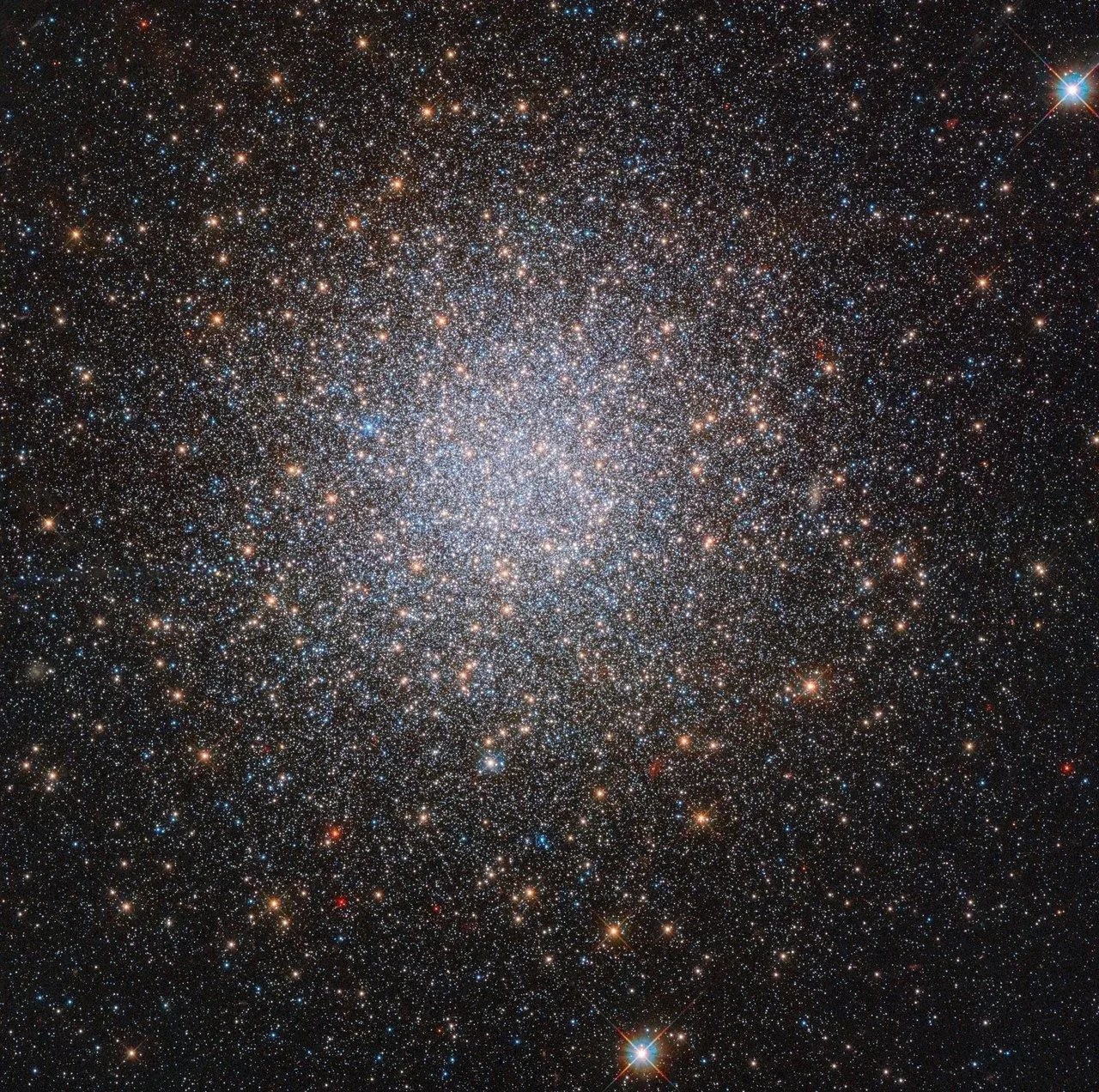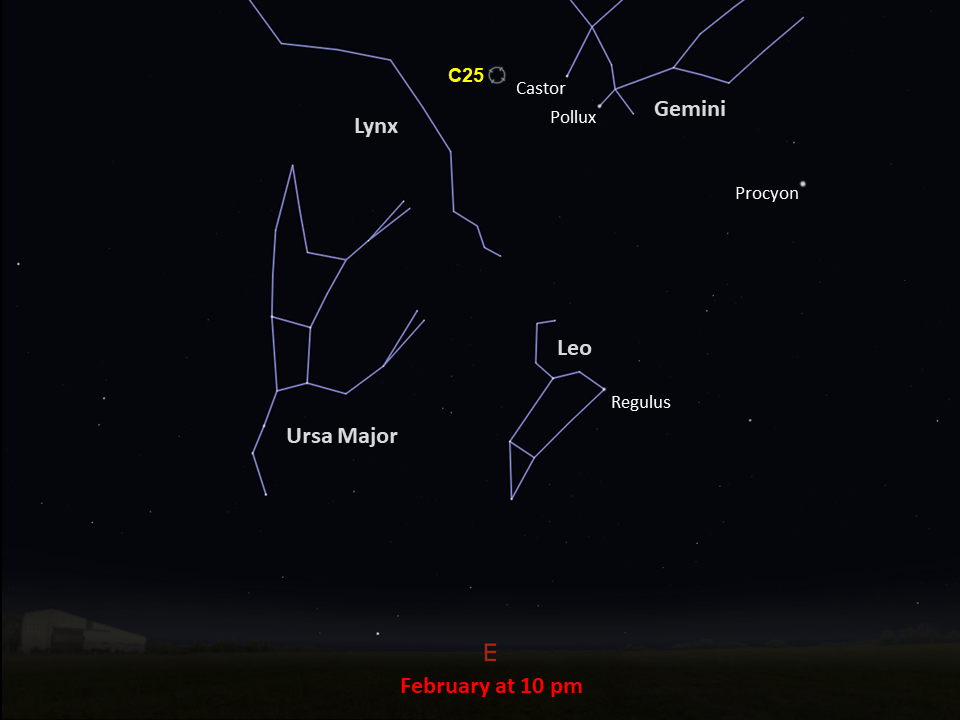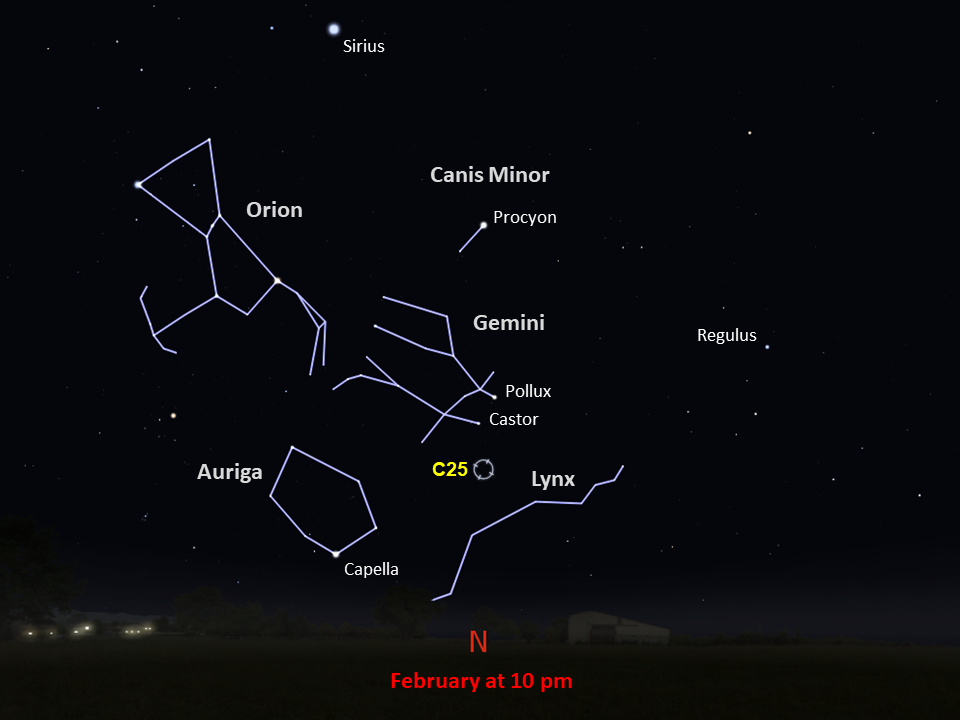Caldwell 25
Dubbed "the Intergalactic Wanderer,” Caldwell 25 is different from the Milky Way's other globular clusters.
Distance
300,000 light-years
Apparent Magnitude
10.4
constellation
Lynx
object type
Globular Cluster
There are about 150 globular star clusters that roam the Milky Way’s halo, which encases the galaxy like a giant, diffuse eggshell. But among them, Caldwell 25 is unusual. Unlike most globular clusters, which are huge, spherical clouds of old stars believed to be among the oldest in the galaxy, Caldwell 25 may not be from our galaxy at all. Located about 300,000 light-years from Earth, this cluster is sometimes called “the Intergalactic Wanderer” because it is so far away — even farther than the Milky Way’s largest satellite galaxies, the Small and Large Magellanic clouds, which are about 160,000 light-years away. Scientists have surmised that the cluster may be part of the remains of a small galaxy that was captured and disrupted by the Milky Way.
Caldwell 25 seems to be fairly similar to other large globular clusters, though its extreme distance makes it difficult to study and compare its properties with other globular clusters in the Milky Way. Usually all the stars in a globular cluster are very similar to one another in composition, since they typically form in the same general area from the same materials. However, Hubble’s observations of Caldwell 25 hint that it has a different story.
This interesting cluster hosts two distinct sets of red giant stars that have different amounts of certain elements. Red giants are a type of star that results when a medium-mass star expends the fuel that keeps it burning during most of its lifetime. One of Caldwell 25’s red-giant subsets, found mainly in the central region of the cluster, has a surprisingly high amount of helium. The differences between the two groups has led scientists to question whether the two stellar populations formed together or started out as individual groups that later merged.
Caldwell 25 was discovered by astronomer William Herschel on New Year’s Eve of 1788 and is also cataloged as NGC 2419. The cluster is intrinsically bright, but it appears faint because it is so far away. It has a magnitude of 10.4 and is located in the constellation Lynx. In a typical amateur telescope, Caldwell 25 appears as a soft, hazy, circular glow. Because of the cluster’s distance, individual stars are not readily resolved. Observing under clear, winter skies in the Northern Hemisphere will provide the best opportunity to spot Caldwell 25. Southern Hemisphere observers should search for it in the northern sky during the summer.
For more information about Hubble’s observations of Caldwell 25, see:
The Two Mysterious Populations of NGC 2419
Glossary
Galactic Halo - A roughly spherical collection of old stars and globular clusters surrounding a spiral galaxy.
Globular Cluster - A spherical group of stars that are gravitationally bound to each other, with most of the stars concentrated at the cluster’s center.
Magnitude - The brightness of an astronomical object, represented by a number; bright objects have low numbers on the magnitude scale, while dim objects have high numbers.
Red Giant - The late evolutionary stage of an intermediate-mass star that has exhausted the nuclear fuel in its core and now fuses hydrogen in an expanding shell around the core.
Satellite Galaxy - A galaxy that is gravitationally bound to a larger galaxy, much like how the planets in our solar system are gravitationally bound to the Sun.
Explore Hubble's Caldwell Catalog
The following pages contain some of Hubble’s best images of Caldwell objects.
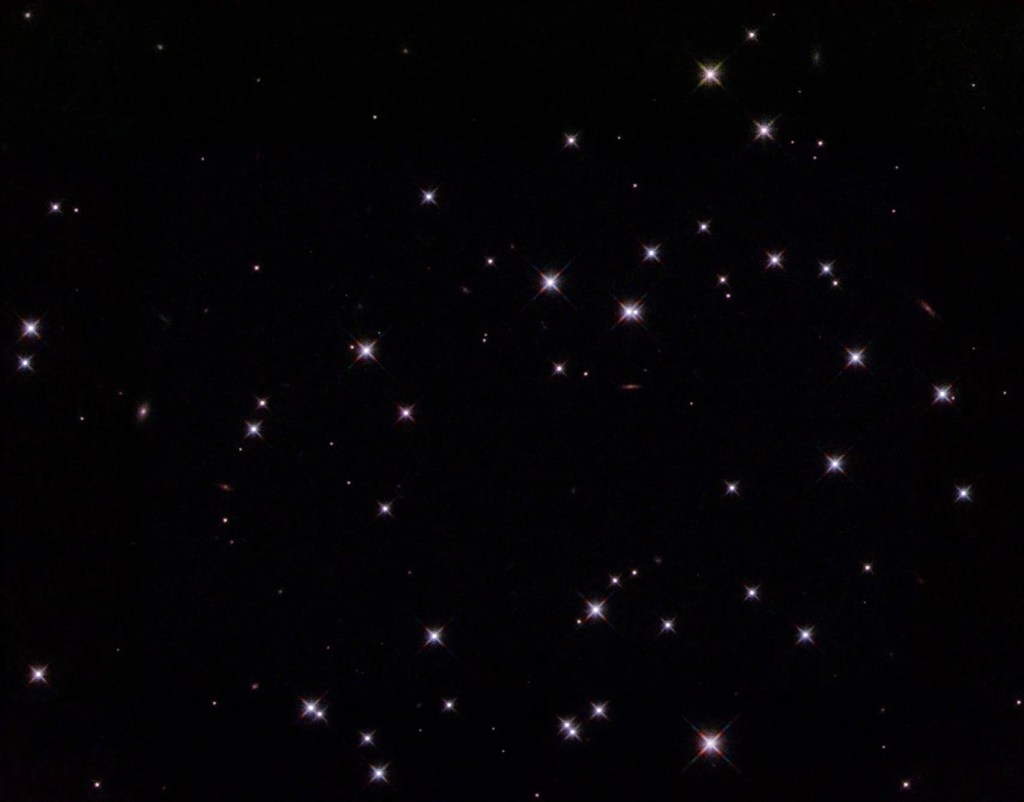
Also known as NGC 188, this group of stars formed from a large cloud of gas making the stars roughly…
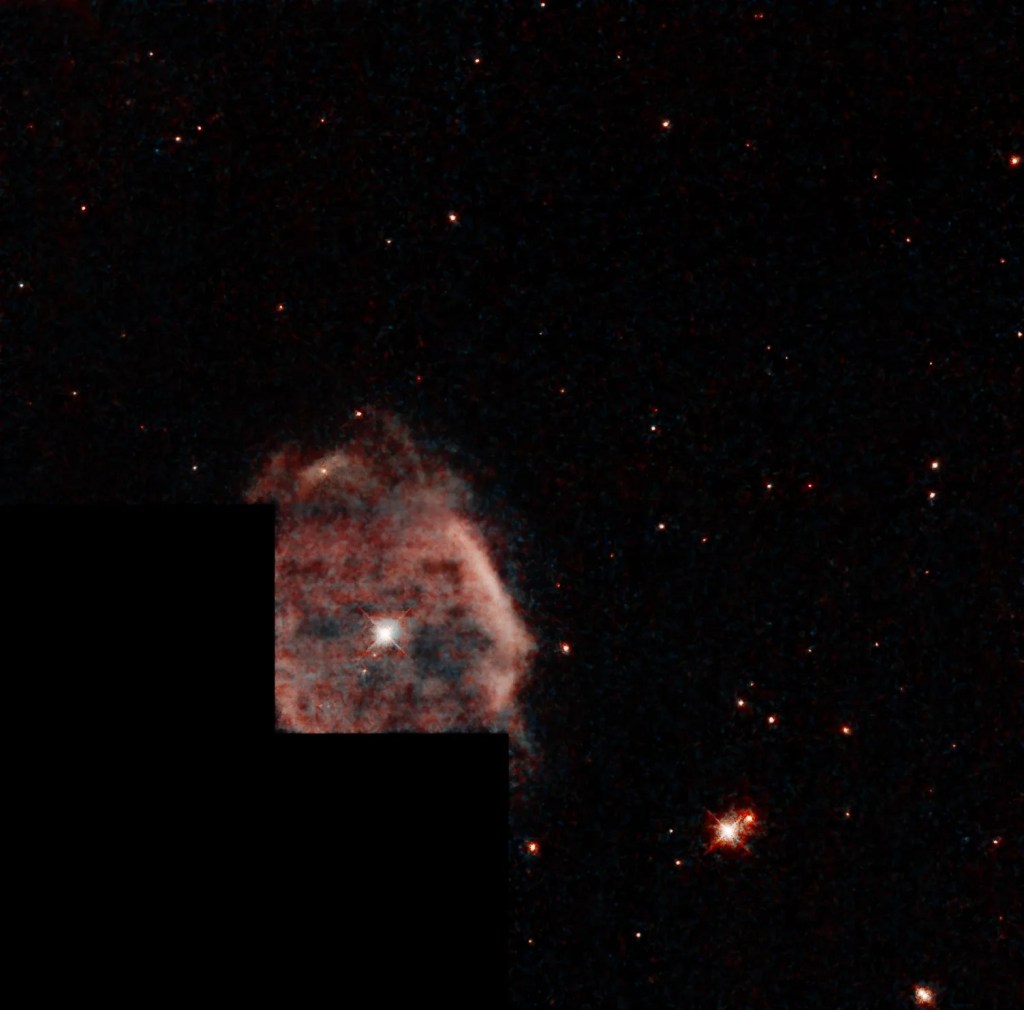
This shell of gas is expanding outward, away from the dying star within.
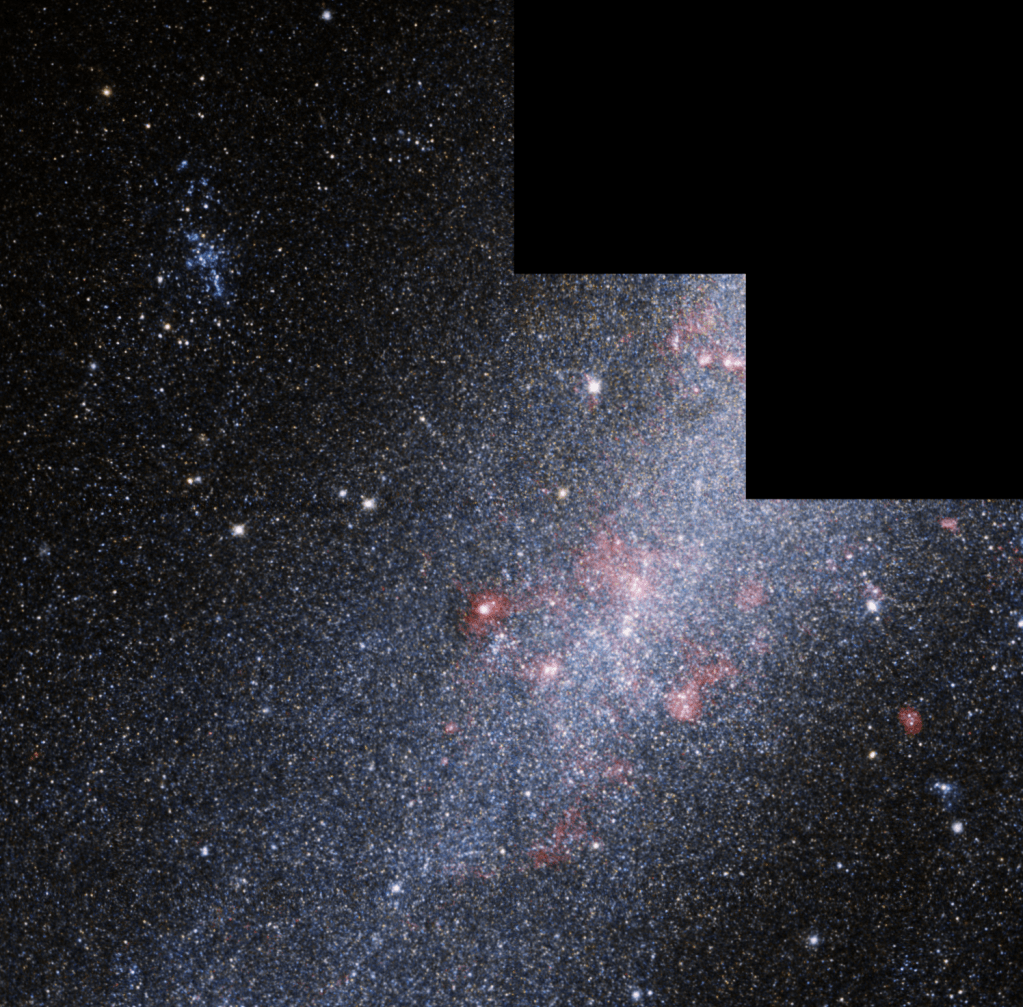
This barred spiral galaxy was first spotted by British astronomer William Herschel in April 1793 in the constellation Draco.




























